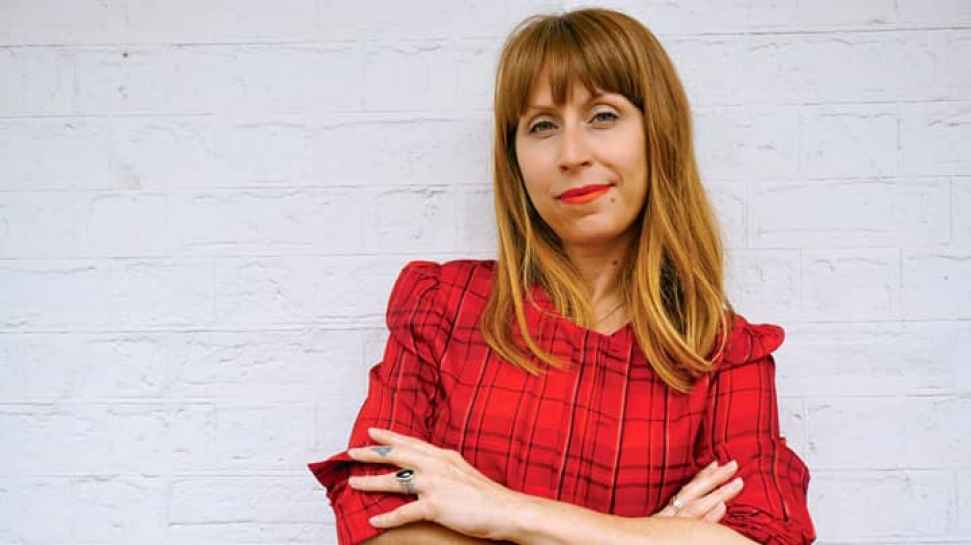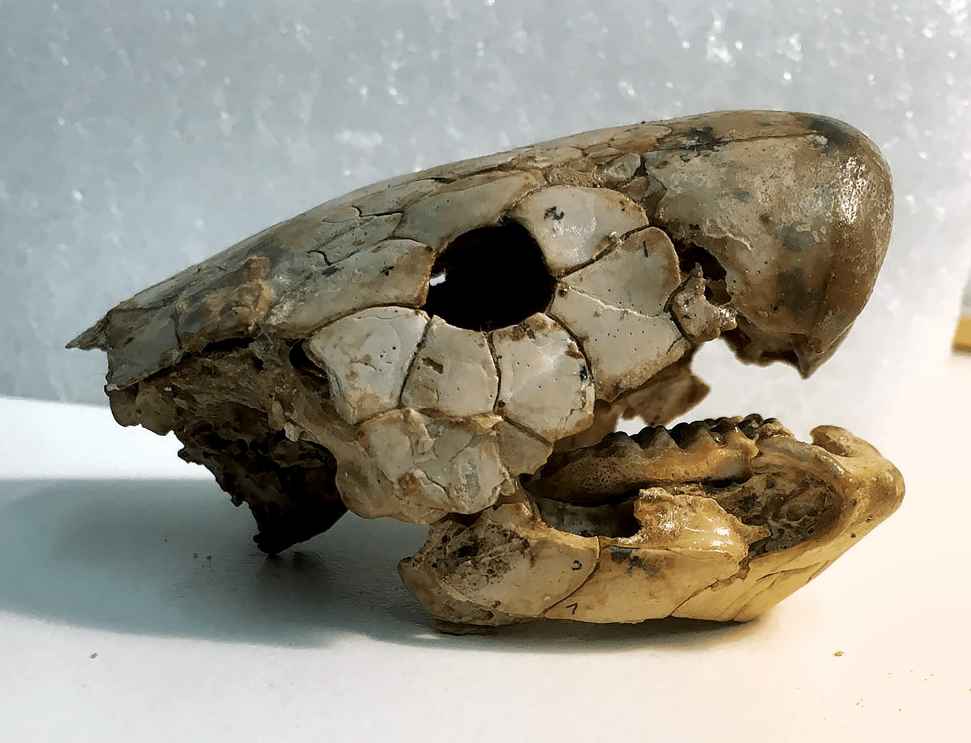Bill Condie
WORDS MATTER TO ABORIGINAL LIVES
—
It was in Brazil where anthropologist Professor Amanda Kearney’s thinking about Australian Aboriginal people, and the language we use to describe their lives, took the profound turn that has helped usher in a new, optimistic and positive way to view the future of Indigenous culture in Australia.
“I was with academics at the Federal University of Bahia, who were working with Afro funk and jazz groups and bands, and they said to me ‘So, what is cool about being a young Aboriginal person in Australia?’”
“And I thought: it’s amazing, nobody articulates Aboriginality or young Aboriginality as ‘cool’ or as attractive or a positive thing.”
While in Brazil, the idea of black aesthetics and cultural roots was positive – even enviable, “but you start to realise that young people operate in a space in Australia where being young and Indigenous would never be seen as a good thing.”
That was when she coined the term ‘cultural wounding’, which allows for the positive of ‘healing’, even if that healing comes with scar tissue that means the culture develops as something new.
Professor Kearney was an undergraduate when she first met Yanyuwa people from the remote Aboriginal community of Borroloola in the South West Gulf of Carpentaria – an encounter she credits as kicking off her career.
She has returned nearly every year since then, and her passion is undimmed. The words tumble out as she speaks excitedly of the journey of discovery that began more than 20 years ago. “I can get on a roll!” she admits.
“It was meeting women from this very remote community who had said to me they wanted their stories told.

Amanda is an Australian anthropologist, whose academic career has been informed by the disciplines of cultural geography, heritage and ethnic studies. Her career is distinguished by a near 20 year committment to ethnographic fieldwork and collaborative research with Aboriginal communities in northern Australia and New South Wales.
“Nobody articulates Aboriginality or young Aboriginality as ‘cool’ or as attractive or a positive thing.”
“A lot of the men’s stories had already been recorded, but these ladies had said to me, ‘We’re bosses ourselves and we’ve got stories to tell, you should come up some time’.”
Borroloola has a long and sometimes brutal history. It was a far cry from Professor Kearney’s youth, in “a very run-of-the-mill, single parent Gold Coast family.”
It was established in 1901 as a colonial welfare outpost, and drew people in until the 1950s. Many were fleeing the frontier violence that still raged against Aboriginal people, but once in the town, they became increasingly dependent on welfare.
The town also became home to four different language groups living in different family camps: the Yanyuwa, the Garawa, the Gudanji and the Marra.
Professor Kearney studied the work of Yale sociologist Jeffrey Alexander and had even met him. One of the world’s leading social theorists, his work looked at how cultural groups come through horrific episodes.
But she found the language of ‘cultural trauma’ he used, and the implicated state of post trauma, stifling. What was worse, when applied to the Australian context it fed into the narrative that, for the most part, cast Aboriginal peoples in terms of dysfunction.
“The language had come out of the holocaust and particularly violent and horrific histories and I found it at odds with what I was seeing in the community where, on a day-to-day basis, people have an incredible capacity to just get on with things.”
These were people who would tell Professor Kearney about past massacres, the current hardship of their lives, the terrible housing, and their heartbreak at their language vanishing before their eyes, but they had never lost the sense of esteem and worth around being a Yanyuwa person.
“So I was searching for another language better to represent what I saw in day-to-day life where people were trying to thrive again on cultural terms that were their own,” she says.
Often this was at odds with the national narrative.
“Which is why events like the the intervention were devastating. They cast Aboriginal family life as a problem, and yet all of the people I’ve worked with, their greatest investment is in their young people’s future.”
Professor Kearney committed to showcasing this ingenuity, perhaps best expressed through an animation project designed to preserve Aboriginal languages, culture and stories in a form that resonates with young people.
The first, funded but the Sidney Myer Foundation, kicked off in 2008 with the Yanyuwa families of Borroloola. The community did not need to be asked twice.
“Just seeing how people came to terms with a highly technical, visual language made by animators sitting far away was breathtaking, and the sophisticated way the elders made decisions about what needed to happen to safeguard language and knowledge into the future,” she says.
“And hearing people say, ‘Ever since those animations came out I can’t get to bed at night, the kids are just watching them all night’.
“And then you’d hear kids singing in language and singing songlines, and suddenly this knowledge is lively and is being transmitted all around the community. There is a real sense of pride that this incredible animation belongs to that community.”
![]()
Sturt Rd, Bedford Park
South Australia 5042
South Australia | Northern Territory
Global | Online
CRICOS Provider: 00114A TEQSA Provider ID: PRV12097 TEQSA category: Australian University











